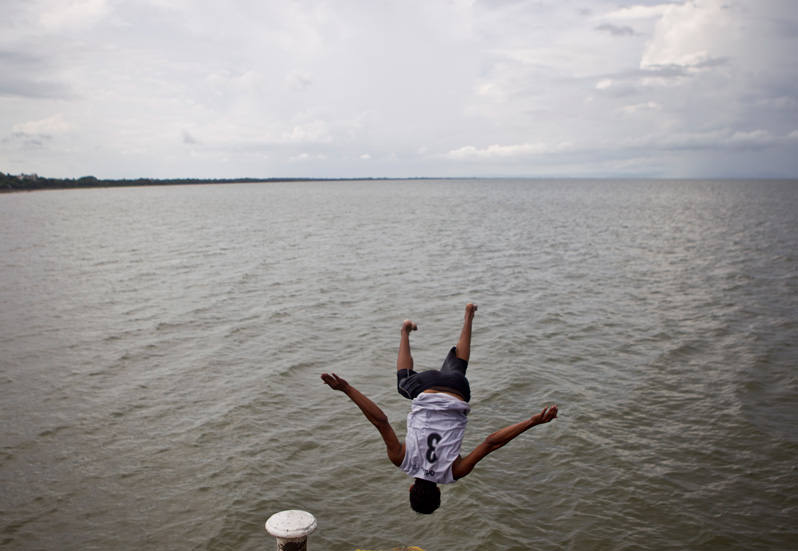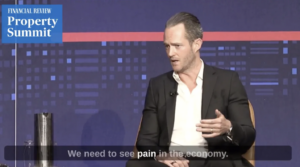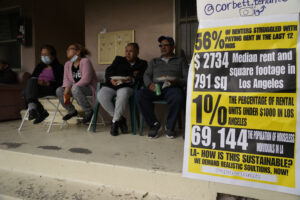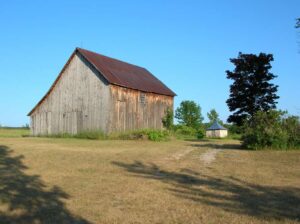In the Race to Replace Panama, a Canal Tears Nicaragua Apart
The government says the transoceanic canal will be good for the economy, but foes warn of pollution and displacement. Lake Nicaragua, currently a source of pleasure, commerce and clean drinking water, could find itself at the center of the global shipping trade. AP/Esteban Felix
Lake Nicaragua, currently a source of pleasure, commerce and clean drinking water, could find itself at the center of the global shipping trade. AP/Esteban Felix
MANAGUA, Nicaragua — The Nicaraguan government has begun construction on a massive canal project despite growing grass-roots opposition. Both sides are digging in for a long fight.
The government has contracted with a Hong Kong company to build the 173-mile-long, $50 billion Grand Transoceanic Canal across Nicaragua, one of the largest infrastructure projects in the world. The canal could handle supertankers taking shale oil and liquefied natural gas from the U.S. to Asia. The Nicaraguan government promises that 50,000 construction and 200,000 permanent jobs will result from the canal, plus new ports, an international airport and tourist resorts.
Opponents say the project will pollute Lake Nicaragua, Central America’s largest source of fresh water, and displace some 35,000 mostly poor peasant farmers and indigenous people.
The canal law permits the Hong Kong Nicaragua Development Corp. (HKND) to confiscate land for the canal and related projects. So, critics say, the government has turned sovereignty over to a mysterious Chinese development company.
HKND has up to 16 years to build the canal and will retain at least some ownership for 100 years after that.
“It’s a decision that commits Nicaragua for 116 years,” said Monica Baltodano, an environmental lawyer and protest leader, who argues that the canal will ruin the country’s “biodiversity, water and shoreline.”
The canal battle has mobilized an unusual array of forces on both sides.
The Sandinista Front (FSLN) overthrew the U.S.-backed Somoza dictatorship in 1979 and implemented leftist reforms during the 1980s. But in recent years the Sandinista government of President Daniel Ortega has moved to the right, now allying itself with big business and the Catholic Church hierarchy.
Nicaraguan construction, agribusiness and big tourism companies stand to profit handsomely from the canal and related projects. The canal has also won support from China, Cuba and Venezuela as an alternative to the U.S.-dominated Panama Canal.
Critics of the canal include former Sandinista leaders opposed to Ortega’s rightward drift. They are joined by conservative parties, the reactionary newspaper La Prensa and some contras, the U.S.-backed rebels who fought the Sandinistas in the 1980s.
Some conservatives genuinely oppose the canal. Others would oppose Ortega even if he wore robes, grew a beard and walked across Lake Nicaragua barefoot.
Public opinion polls consistently show that a majority of Nicaraguans support the canal, but support slips to 42% among those living along its route.
Thousands of environmentalists, small farmers and other critics demonstrated Dec. 22, the day of the canal dedication ceremony. Hundreds marched and rallied Jan. 17 and Jan. 28.
The movement includes “Sandinistas, liberals, conservatives, people without party and young people who were never involved politically,” said Baltodano.
Ometepe Island, in the middle of Lake Nicaragua, has become ground zero for the opposition movement called the National Council for the Defense of the Land, the Lake and Sovereignty.
Some 60 elderly campesinos (peasant farmers) gathered at a meeting here recently. The canal will include a channel through the lake, requiring dredging up to a depth of 100 feet. Residents complain that ongoing maintenance dredging will pollute water supplies for over a dozen towns that rely on the lake for drinking water and will destroy the livelihoods of fishermen.
“They will have to keep dredging the lake, which will kill the fish,” said Jairo Carillon, a local protest leader.
But the lake is already severely polluted with muddy sediment from incoming rivers, according to HKND supporters. Leonel Teller, a former Nicaraguan ambassador and canal supporter, argues that under current conditions fish can live only near the shoreline. The ship channel through the lake won’t come any closer than five miles to shore.
“That’s far enough not to disturb the fish population,” said Teller.
The campesinos also know that the canal law passed last year allows HKND to confiscate land and virtually dictate the compensation price. Ometepe residents are convinced that HKND plans to seize their land to build tourist hotels.
“They want the best part of the island,” said Carillon.
But at least so far, big landowners express confidence that HKND can be pressured into paying fair market value for their land. Whether that will also apply to small landowners remains to be seen.
Critics also question whether HKND can raise financing for such a mega-project. So far, according to Ambassador Teller, investors include the China Railway Construction Corp. as well as Australian, British and American companies. The names of the American companies remain confidential. HKND plans to sell shares on a yet-to-be-announced stock exchange in order to raise financing.
So far, the U.S. government has neither supported nor opposed the canal but has raised concerns about a lack of government transparency. A Commerce Department official implied that the U.S. might favor the canal if it involved American corporate participation.
“If this project proceeds,” said the spokesperson, “we hope to see a transparent process that would allow U.S. companies to contribute. We would also expect Nicaragua to complete a comprehensive environmental and social impact assessment that meets international norms.”
Campesinos and environmentalists plan to continue marching in opposition to the canal. The government is just as determined to proceed with construction. HKND plans to release a full environmental impact study in the next few months while completing land acquisition for the canal.
If HKND can successfully negotiate land purchases along the canal route, it could potentially neutralize an important sector of the opposition movement. That would smooth the way to break ground on the Pacific and Atlantic port projects before the end of the year.
But suspicions about the government and HKND run deep. Canal supporters concede that they have done a poor job of communicating with the public. Michael Healy, head of an agribusiness association and canal supporter, said HKND must address the environmental concerns and pay a fair price for the land.
“The government has to make sure everyone is happy at the end,” he said.
Foreign correspondent Reese Erlich has covered Central America for 30 years. He has written five books, the most recent being “Inside Syria: the Backstory of Their Civil War and What the World Can Expect,” foreword by Noam Chomsky.
Your support matters…Independent journalism is under threat and overshadowed by heavily funded mainstream media.
You can help level the playing field. Become a member.
Your tax-deductible contribution keeps us digging beneath the headlines to give you thought-provoking, investigative reporting and analysis that unearths what's really happening- without compromise.
Give today to support our courageous, independent journalists.






You need to be a supporter to comment.
There are currently no responses to this article.
Be the first to respond.